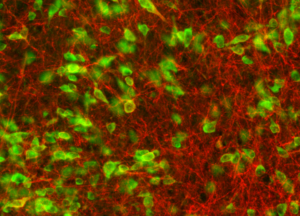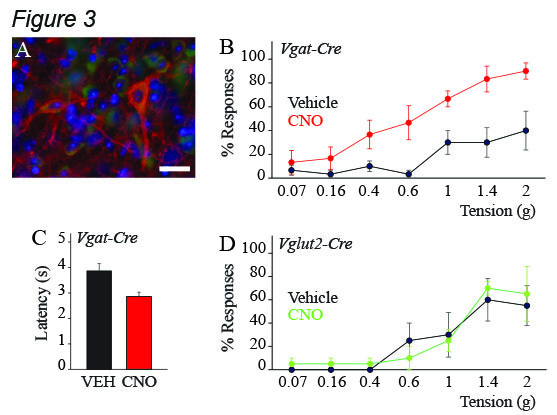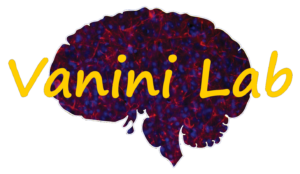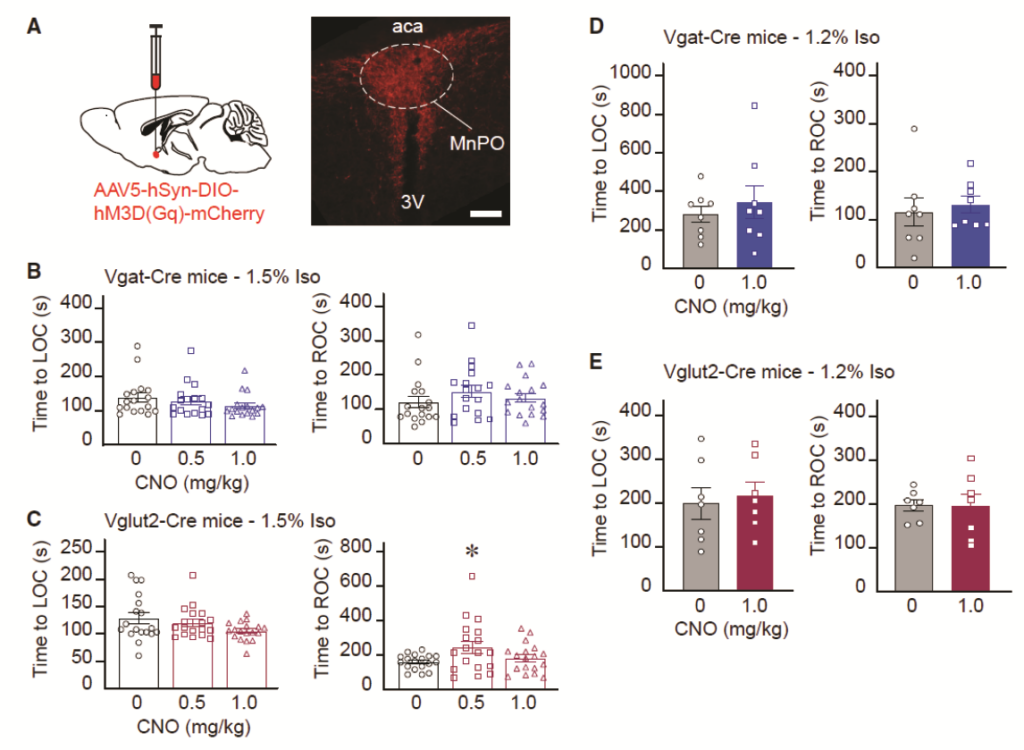Neural mechanisms of the sleep-anesthesia relationship
The mechanisms by which general anesthetics induce unconsciousness remain an enigma. A prevailing hypothesis in the field is that these drugs do so by “hijacking” brain sites that promote sleep. Studies in our laboratory use a conditional expression of designer receptors in different cell subtypes within hypothalamic regions known to regulate sleep-wake states to probe their role in anesthetic-induced unconsciousness and cortical dynamics.

Role of preoptic mechanisms in postoperative cognitive dysfunction
Our goal is to investigate the role of preoptic neurons that regulate states of sleep and wakefulness in postoperative sleep disturbances and sleep-dependent cognitive function after surgery. To this end, we will record the activity from and selectively manipulate preoptic sleep-promoting and wake-promoting neurons to study their role in postoperative sleep disturbances, cortical network activity, and postoperative cognitive function in a murine model of surgery. Last, we will test the effect of a pharmacological intervention aimed at restoring postoperative cognition, sleep-wake architecture, and cortical network activity to presurgical levels.
Neural circuits underlying the regulation of sleep-pain interactions
Sleep and pain are highly prevalent, frequently associated, and reciprocally related health problems. Disrupted sleep increases pain and pain alters sleep. Furthermore, insomnia is a major predictor of chronic pain onset. While this bidirectional interaction is supported by abundant clinical and preclinical evidence, the underlying mechanisms remain unknown. We aim to (1) study the relationship between cells and networks controlling sleep-wake states and those involved in pain processing, and (2) determine whether manipulation of these arousal-related networks alters pain sensitivity, and can facilitate or prevent the development of chronic pain.



